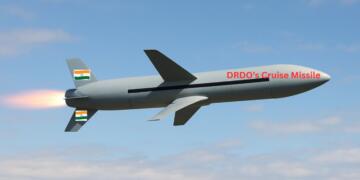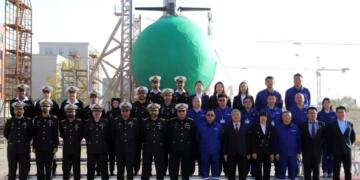As part of a major push to develop its military strengths, India has acquired $248 million worth of superior 1000 HP engines from Russia to power its T-72 tanks. The contract signed between the Indian Ministry of Defence and Rosoboronexport, Russia’s major arms export monopoly, seeks to improve the mobility and battle readiness of the Indian Army’s tank force. Under the contract, the supply of engines will include fully assembled, semi-knocked-down, and completely knocked-down options.
Perhaps the most important component of this agreement is the Transfer of Technology (ToT). Under the deal, Russia will impart the requisite know-how to India’s Armoured Vehicles Nigam Limited (Heavy Vehicle Factory), Avadi, Chennai. This will ensure that following an initial period of imports, India can domestically produce these heavy engines, making the nation self-sufficient in the defence industry under the ‘Make in India’ program.
What is a 1000 HP Engine, and Why Does It Matter?
To understand why this is a game-changer for India, let’s dissect it. The T-72 tank, the backbone of the Indian Army’s armoured corps, has a 780 HP engine as of now. This engine gives it enough power, but with contemporary warfare calling for quicker, more agile, and more powerful tanks, there is a need for a more powerful engine.
The newly upgraded T-72 tanks with 1000 HP (horsepower) engines will provide more speed, mobility, and battlefield endurance. Indian tanks are able to move more quickly on different types of terrain, from mountains to deserts, without overloading the engine. More armor and superior weapons can be equipped in powerful-engine tanks without any loss of performance. This modernization will be a great step towards improving the Indian Army’s ability to meet threats with greater agility and firepower.
Why is This Deal Good for India?
1. Enhanced Combat Capability
The greatest benefit of the upgrade to 1000 HP engines is increased battlefield performance. Mobility is equally vital as firepower in contemporary war. A faster tank that is capable of agile movement and able to keep pace with evolving battle conditions has higher chances of outmaneuvering the foe.
2. Strengthening Domestic Defence Industry Production
Incorporating Transfer of Technology (ToT) is a huge advantage for the defence industry in India. Instead of utilizing equipment imported from foreign countries, India will have the capability to produce these powerful engines locally. This does away with dependence on foreign firms and contributes to developing a stronger indigenous defence industry.
3. Economic Growth and Employment Generation
As India is setting ambitious defence production goals, this deal also aligns with India’s goal of reaching Rs 3 lakh crore defence production by 2029. Greater domestic production will generate new jobs, skill development, and the integration of new technology in the Indian defence sector.
4. Enhanced National Security
A nation that has a strong and independent defense is better positioned to counter new threats. With tensions in some parts of the world, making sure that India’s armoured regiment is updated and ready is essential for the country’s security.
India’s Defence Growth on the Rise
India’s defence production has seen gigantic growth in recent years. In 2023-24, India saw a record Rs 1.27 lakh crore of defence production, a 174% increase from 2014-15. Defence exports have also seen a sharp rise to Rs 21,000 crore in 2023-24, with an aim of Rs 50,000 crore by 2029-30.
Defence Minister Rajnath Singh has stated that India’s effort towards defence self-reliance under the Aatmanirbhar Bharat scheme is yielding solid dividends. This Russian engine deal is a case in point that reflects how India is becoming a world defence production hub.
The Russia deal worth $248 million to buy and indigenously manufacture 1000 HP engines for T-72 tanks is one of the largest achievements in defence modernization efforts by India. The new generation engines will add a huge capability to battlefield mobility, increase indigenous manufacturing capacity, and help make India self-sufficient in defence technology in the long run. With a relentless emphasis on R&D and war preparedness, India is on a steady course to emerge as a global defence power.































